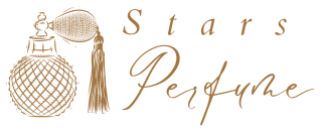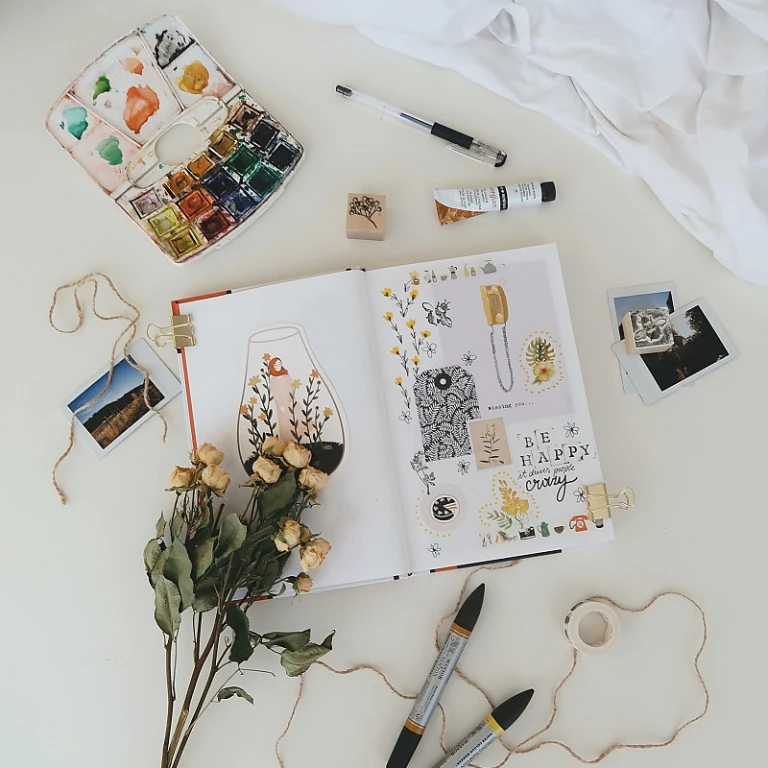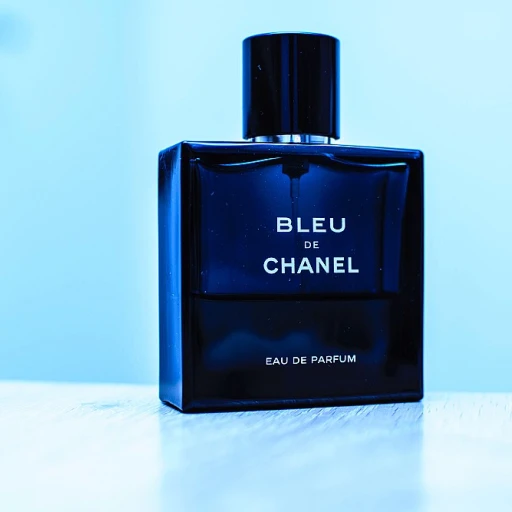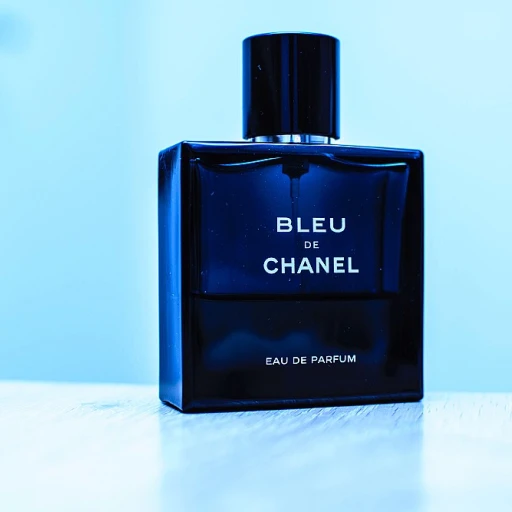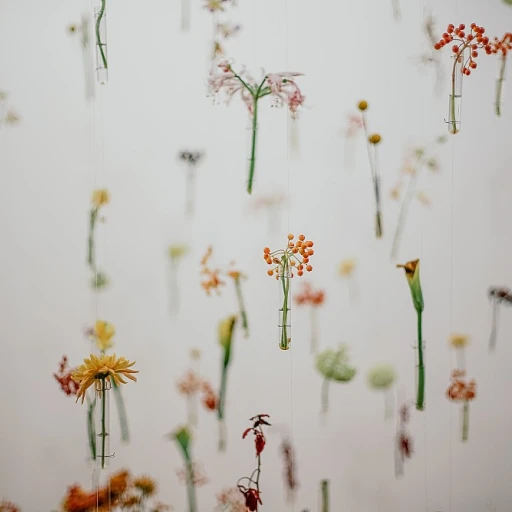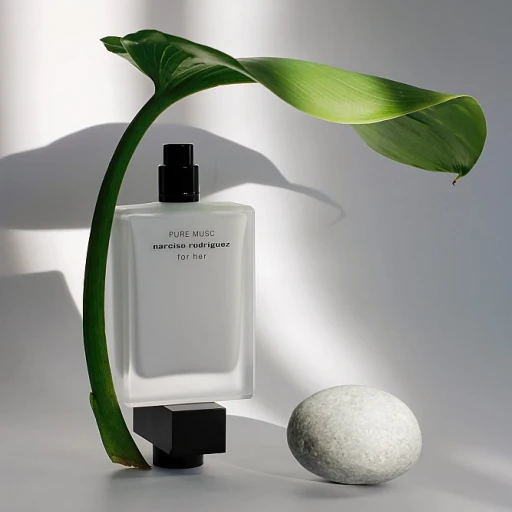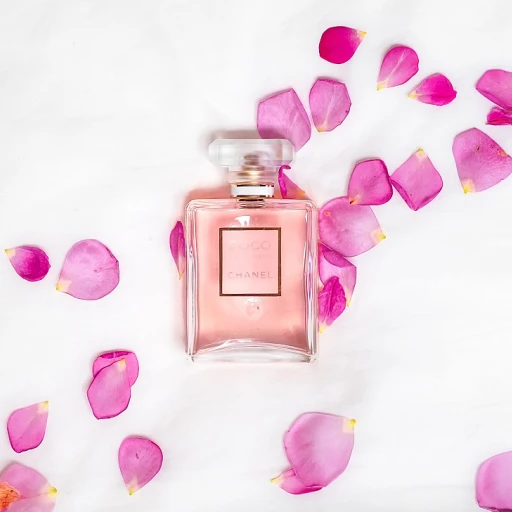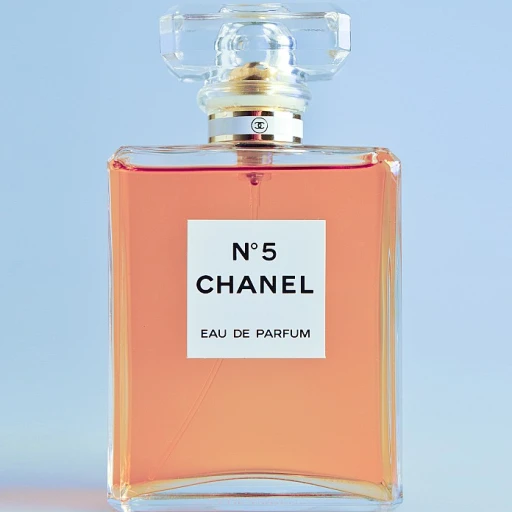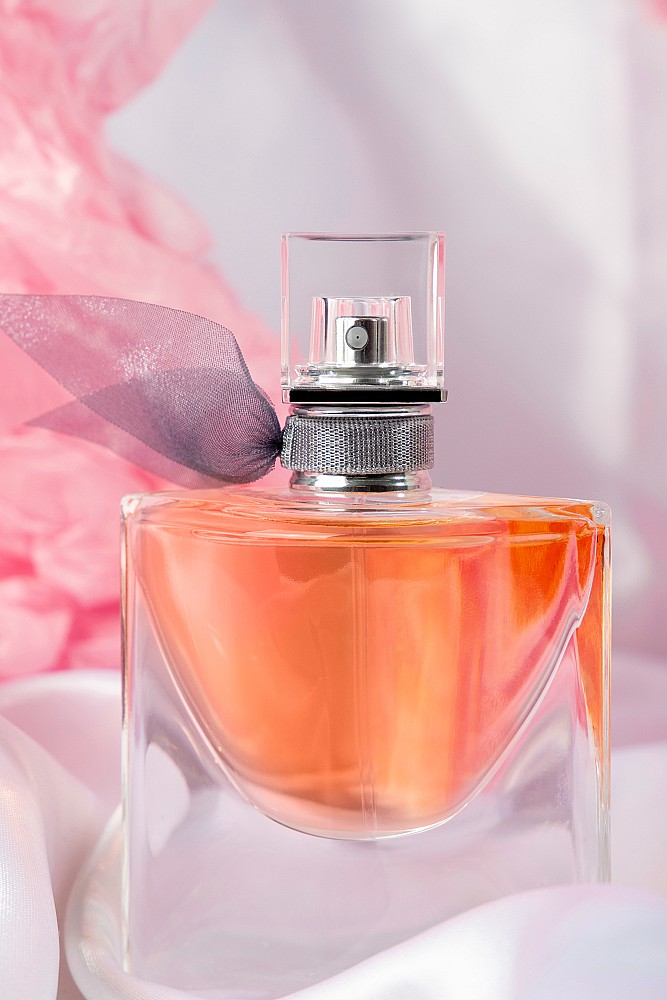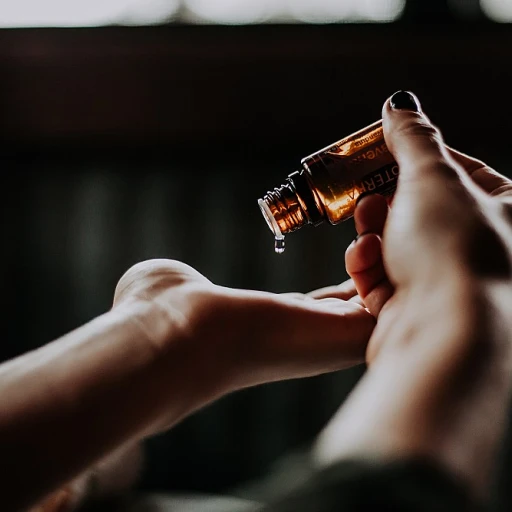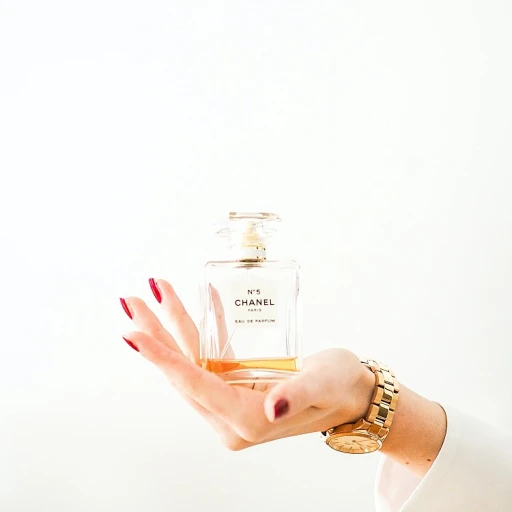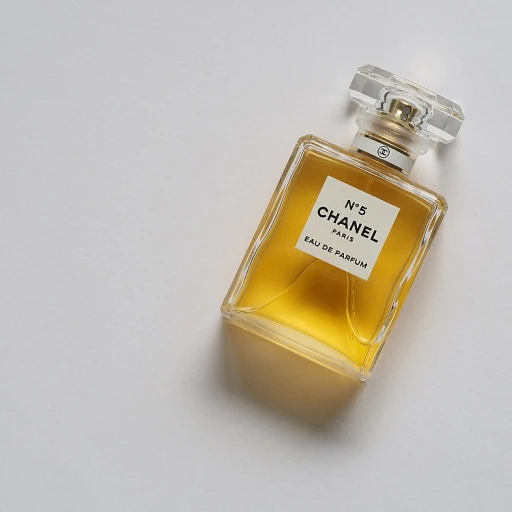
The Origins and History of Oud
The Ancient Roots of Oud
Oud, often referred to as "liquid gold," has a rich and storied history that dates back centuries. This precious oil, derived from the heartwood of the Aquilaria tree, has been cherished across cultures for its unique fragrance and spiritual significance. Originating in the dense forests of Southeast Asia, oud has been a staple in the world of perfumery, particularly in the Middle East, where its use is deeply embedded in cultural and religious practices.
The journey of oud from its natural habitat to a coveted perfume oil is a testament to its enduring allure. Historically, oud was used in various forms, from incense to essential oils, and its popularity spread along ancient trade routes, reaching as far as the Arabian Peninsula and beyond. The demand for this rare and exotic fragrance only grew, making it a symbol of luxury and opulence.
In ancient times, oud was not only prized for its scent but also for its purported medicinal properties. It was believed to have calming effects and was often used in spiritual rituals to enhance meditation and prayer. This cultural significance continues today, as oud remains a key component in many traditional ceremonies and celebrations.
As we explore the complex process of extracting oud oil, we will see how this ancient practice has evolved over time, blending traditional methods with modern techniques to produce the high-quality oud oils we cherish today. For those interested in the broader allure of natural scents, the allure of musk oil offers another fascinating glimpse into the world of fragrance.
The Complex Process of Extracting Oud Oil
The Intricate Journey of Oud Oil Extraction
The process of extracting oud oil is as intricate as the fragrance itself. This process begins with the wood of the Agar tree, specifically a resin-infused heartwood known for its compelling scent profile. Exceptional craftsmanship is required to transform the raw wood into the luxurious perfume oil we know and cherish. The journey usually starts with the collection of Agarwood, often sourced from regions like Southeast Asia, where the tree thrives. The wood, once collected, undergoes a meticulous process of distillation—a key phase to release oud's complex aroma. During distillation, steam or a similar medium helps to extract this precious oil from the heartwood. This step is essential in preserving the purity and intensity of oud's signature scent, which has captivated perfumers and fragrance enthusiasts alike. Notably, the yield of oud oil is astonishingly low, further contributing to its mystique and higher price point. It takes a substantial amount of raw material to produce even a small bottle of oud oil, making it one of the most prized essential oils in the world. This exclusivity is echoed across top fragrance lines, from traditional oil attars to alcohol-free formulations found in modern eau parfums. With each drop of oud oil, layers of intricate notes unfold, featuring everything from musky undertones to hints of rose and spice. The experience of wearing oud is nothing short of luxurious, with its long-lasting scent that continuously unveils new facets over time. Exploring further into the world of perfume, discovering the charm of cardamom perfumes can provide fascinating insights into how various elements complement and enhance the depth of fragrances like those harnessed from oud. This combination renders a multi-dimensional sensory experience, appreciated by fragrance aficionados worldwide.Oud's Unique Scent Profile
The Intricate Symphony of Oud's Scent
The unique allure of oud perfume oil is its captivating scent profile, adored by fragrance enthusiasts worldwide. This heavenly essence begins its aromatic journey with deeply earthy and woody notes, a hallmark of authentic oud oil. The smoky, almost mystical scent lingers, creating a long lasting impression that entices those who encounter it. Oud carries a rich array of notes interwoven harmoniously. You might detect a hint of sweet balsamic accords or the whisper of delicate rose, marrying softly with the intense character of the oud wood. The addition of musk amplifies the warmth, making it a compelling choice for those who prefer bold scents. This fragrance doesn't stand alone in its complexity. It often finds itself complemented by other elements in modern mixtures, enhancing its mysterious allure. For a deeper exploration of smoky wooden fragrances, you can delve into their enchanting charm here. Oud thrives as a primary note in many top perfumes, evoking luxury and opulence. Its oil, concentrated and potent, is among the most coveted, reflected in its price. Despite the cost, the demand remains strong, with enthusiasts willing to embrace the full olfactory spectrum oud has to offer.Oud in Modern Perfumery
The Influence of Oud in Contemporary Fragrance Creations
The allure of oud in the world of fragrance is undeniable, a timeless beacon of complexity and depth. Belgium, once coveted by royalty and now embraced by contemporary perfumers, oud has carved a niche for itself within the expansive landscape of modern perfumery. This ingredient—steeped in heritage—adds a mystical resonance to fragrances in today’s market. Contemporary perfumes meticulously blend it with complementary notes like rose and musk, creating captivating scents that speak to one's senses. These combinations highlight the inherent elegance of this aromatic treasure, providing a base of warmth and richness to countless fragrance interpretations. Oud is often accompanied by a symphony of other essential oils, enhancing its potency in concentrated perfumes. Curated blends can range from the soft whisper of vanilla to the earthy embrace of oud wood, underscoring the versatility of its profile. One might also discover scents that evoke the bold embrace of rose oud, creating compositions that elevate perfumes into the realm of the extraordinary. As a result, perfume oils containing oud are typically priced at a premium, reflecting their luxurious nature and the extensive extraction processes required to produce oud oil. However, they justify the investment, given their long-lasting sillage and distinctive scent profiles, which often lead to top reviews and star ratings from fragrance enthusiasts. Moreover, the differences in formulas, such as oil attars versus alcohol-free eau parfum variants, offer diverse options for aficionados to explore. The seductive, lingering scent of Swiss Arabian’s offerings demonstrates the seamless blend of tradition and contemporary appeal. Ultimately, modern perfumery’s embrace of oud continues to captivate those who seek scents that transcend mere fragrance, evolving into personal expressions of allure and mystique.Cultural Significance of Oud
The Cultural Tapestry Woven with Oud
For millennia, oud has held an indisputable place in cultural rituals and religious ceremonies across various regions, particularly in the Middle East and Southeast Asia. Its distinct scent, celebrated for its depth and richness, transcends conventional uses, becoming a symbol of luxury and spiritual connection. A treasure for the olfactory senses, this complex fragrance oil is often intertwined with the sacred and the divine.
The historical journey of oud oil starts in the heart of densely wooded Southeast Asian forests, where oud wood, or agarwood, grows. In ancient traditions, its use as an incense would release an aromatic smoke signifying the divine presence, cleansing, and purification. Such was the reverence for oud, a product seen as more than just a mere scent but as a crucial link bridging the human experience with the cosmos.
In modern times, while oud continues to carry these deep cultural significances, its application has broadened. The perfume oil, known for its long lasting and pungent fragrance, is now a luxurious staple in personal and perfumery collections worldwide. Brands have harnessed its alluring power, creating blends that captivate the senses, often incorporating seductive notes of rose, musk, and others, to produce exotic and unique scents.
This fascination with oud does not just stop at its olfactory impact. Many cultures see owning and wearing oud perfume as a status symbol, elevating the wearer in their social circles. It’s a role reflected in the varied sizes and price points at which this exquisite fragrance is available, from a regular price eau parfum to a high-end concentrated perfume shrouded in opulence.
As we continue to embrace this ancient perfume oil, it’s enlightening to consider its age-old cultural roots. Whether through ceremonial incense or personal essential oils that's alcohol free, oud remains a bridge from past to present, echoing a rich cultural legacy that is as vibrant today as it was centuries ago.
Choosing and Wearing Oud Perfume Oil
Personalizing Your Oud Experience
Oud perfume oil, with its intricate notes and revered history, is not only a fragrance but an olfactory journey. When choosing the right oud product for you, consider the vast array of scents and blends available, each offering a unique charm. Whether you're drawn to a rose oud combination or the earthy depths of oud wood, there's an option tailored to your preferences.- Variability in Scents: Oud perfumes are available in various scents, blending oud with elements like rose and musk. These combinations highlight different facets of the oil attar, giving wearers a chance to find their perfect match.
- Concentration and Longevity: Evaluate the concentration of the oil. A concentrated perfume oil ensures a long-lasting presence, often more enduring than eau parfum options. Many oud products are alcohol free, allowing the pure, essential oil to shine through.
- Sizing and Pricing: Oud fragrances come in diverse sizes and price ranges, from compact oil attars perfect for on-the-go to more lavish bottles at regular price. High-end brands often offer an exclusive quick view of their top fragrances.
- Reading Reviews: As with any fragrance, reading product reviews can offer insights into the scent profile and longevity of an oud fragrance. Understanding how these perfume oils perform will guide your purchase decision.
